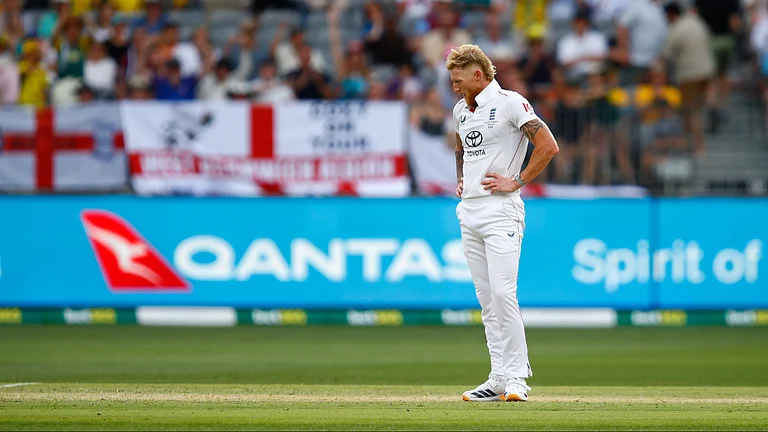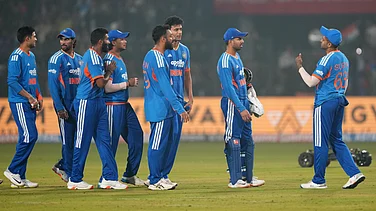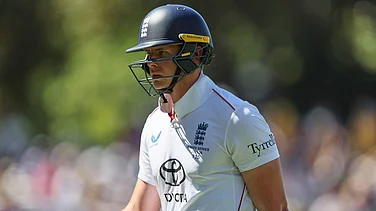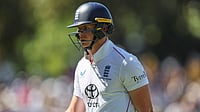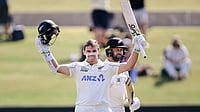
On this day, cricket remembers Phillip Hughes and his short yet impactful career for Australia
He suffered a fatal injury on November 25, 2014, after being struck by a bouncer and passed away two days later
His death prompted major safety reforms, including improved helmet designs and stricter player-protection measures
On this day, the sporting world pauses to remember Phillip Hughes. His career was tragically cut short, but the numbers and the circumstances of his passing remain etched in cricket's collective memory.
Hughes represented Australia between 2009 and 2014, donning the Baggy Green for the first time during Australia's tour of South Africa 2008-09.
Named as a replacement for legendary Matthew Hayden, he failed to open his account in his international bow, dismissed for a four-ball duck by Dale Steyn in Johannesburg. But the debutant responded with a 121-ball 75 in the second innings as the Aussies won the first Test.
In his brief but impactful international career, the left-handed opener played 26 Tests, scoring 1,535 runs at an average of 32.66, with three centuries and seven fifties. His highest Test score was 160, also against South Africa at Durban in his match, an outing made memorable by his twin centuries (115 in the first innings).
In 25 ODIs, Hughes made 826 runs at 35.91, including two centuries and four fifties, with a top score of 138 not out, against Sri Lanka at Hobart. He also featured in one T20I, against Pakistan in Dubai.
Beyond the international stage, Hughes was a prolific scorer in domestic cricket, amassing more than 9,000 First Class runs at an average of 46.51, and over 3,600 List A runs at 47.25.
Born on November 30, 1988, in Macksville, New South Wales, he became the youngest to score a century in a Pura Cup/Sheffield Shield final. The then 19-year-old scored 116 off 175 balls in the second innings to help New South Wales beat Victoria by 258 runs for the 2007-08 title.
The following season, he won the Player of the Series award despite the Blues finishing at the bottom of the six-team table.
The Tragedy And Aftermath
On November 25, 2014, during a Sheffield Shield match between South Australia and New South Wales at the Sydney Cricket Ground, Hughes was batting on 63 not out when he attempted a hook shot against a bouncer from Sean Abbott.
The ball struck him just below the helmet, on the side of his neck. The impact caused a cerebral haemorrhage. Hughes collapsed on the pitch, was rushed to hospital, and underwent surgery.
Despite intensive care, he never regained consciousness and passed away two days later, on November 27, three days before his 26th birthday.
His death sent shockwaves through the cricketing world, leading to widespread mourning and tributes. The phrase "63 not out forever" became a symbol of his unfinished innings and enduring legacy.
Hughes' passing also prompted significant changes in cricket safety, including the redesign of helmets and increased awareness of player protection.









